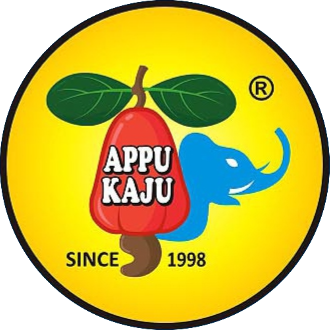The manufacturing process of cashew nuts involves several detailed steps, from harvesting to packaging and sales. Below is an overview of the entire process:
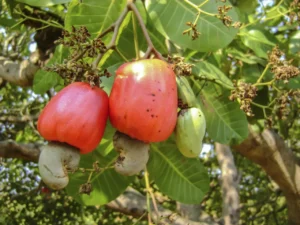
Cashew nuts are harvested manually from cashew apple trees. The nuts are carefully separated from the cashew apples to avoid damaging them. This is typically done during the dry season when the nuts are ripe.

After harvesting, the raw cashew nuts (unshelled) are sun-dried for 2 to 3 days to reduce moisture content to about 8-10%. This step is crucial to prevent mold and ensure the nuts can be stored safely.
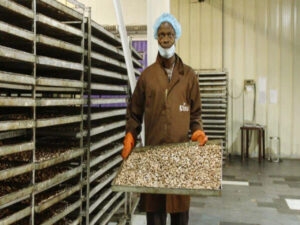
Once dried, the nuts undergo a steaming process to soften the hard outer shell. This makes it easier to remove the shell without damaging the kernel inside. This step is essential for preparing the nuts for shelling.
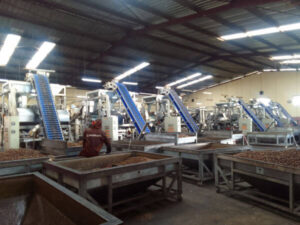
The softened shells are then removed using specialized tools or machines. This process requires skill to ensure that the inner kernel remains intact. The shells are cracked open, and the edible cashew kernels are extracted.

After shelling, the cashew kernels are dried again, either in the sun or using mechanical dryers, to achieve a moisture content of 3-4%. This helps in prolonging shelf life and prepares the kernels for storage and packaging.

The cashew kernels have a thin, silken skin that needs to be removed. This is typically done after the kernels have cooled down, making the husking process easier. The kernels are then sorted based on their quality.
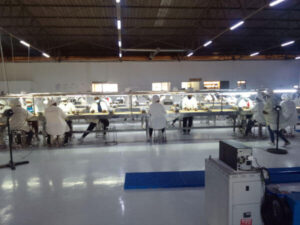
The cashew kernels are graded based on size, color, and quality. This is usually done using specialized machinery that ensures uniformity in the final product. Proper grading is vital for quality control and market standards.
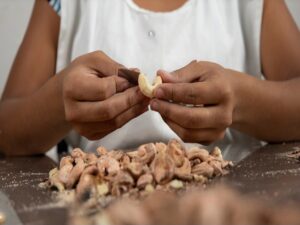
Throughout the manufacturing process, quality control measures are implemented to ensure that only high-quality cashew kernels are produced. This includes checking moisture content, kernel integrity, and overall quality.
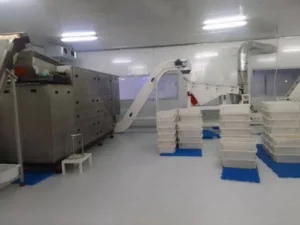
The final stage involves packaging the cashew kernels in various materials such as vacuum-sealed bags or cartons. The packaging is designed to protect the nuts from moisture and damage during transport and storage. Proper packaging is crucial to maintain freshness and quality.
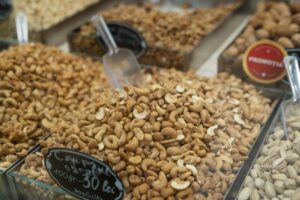
Once packaged, the cashew nuts are ready for sale and distribution. They are marketed in various sizes and forms, catering to different consumer needs. The final products are shipped to retailers or directly to consumers, completing the manufacturing cycle.
